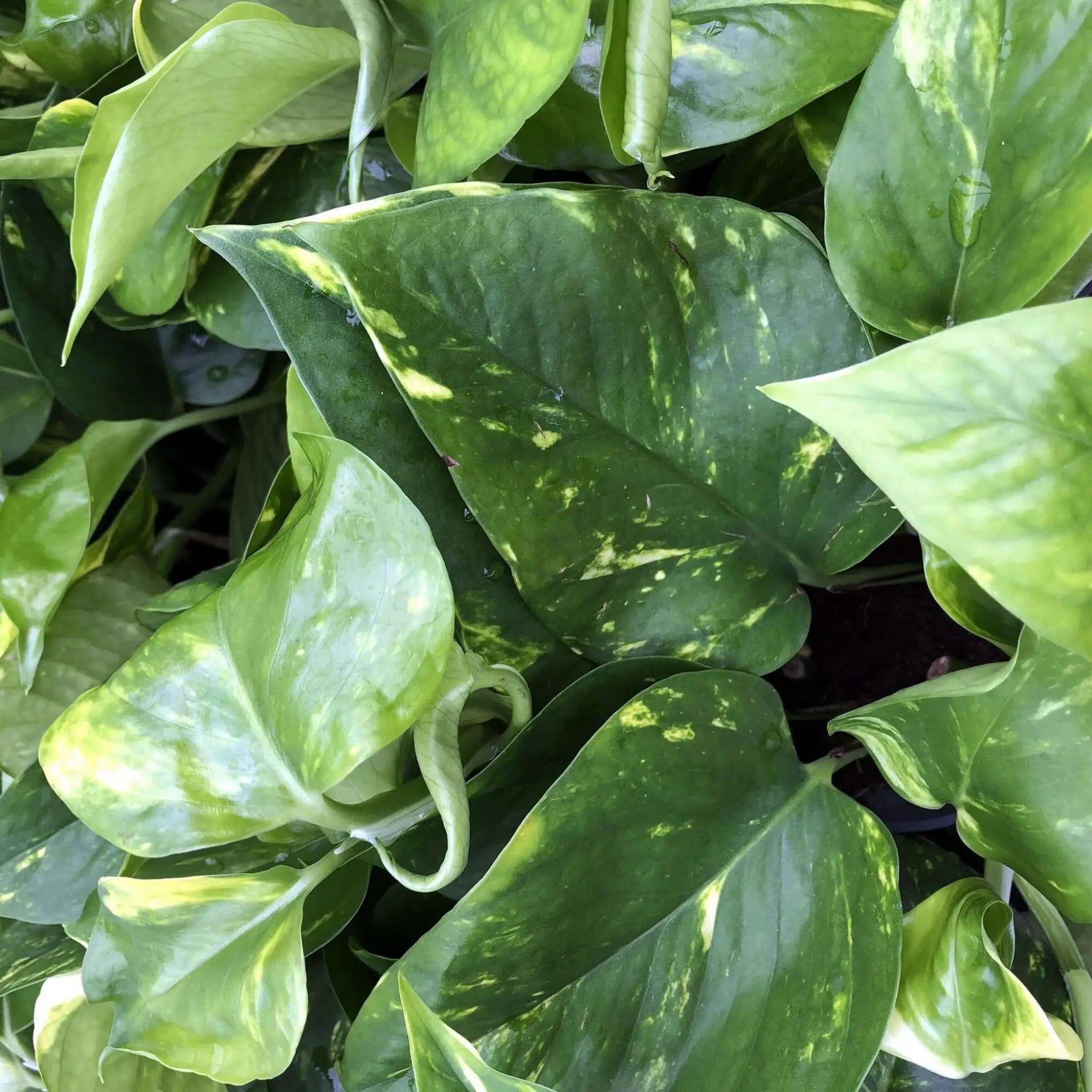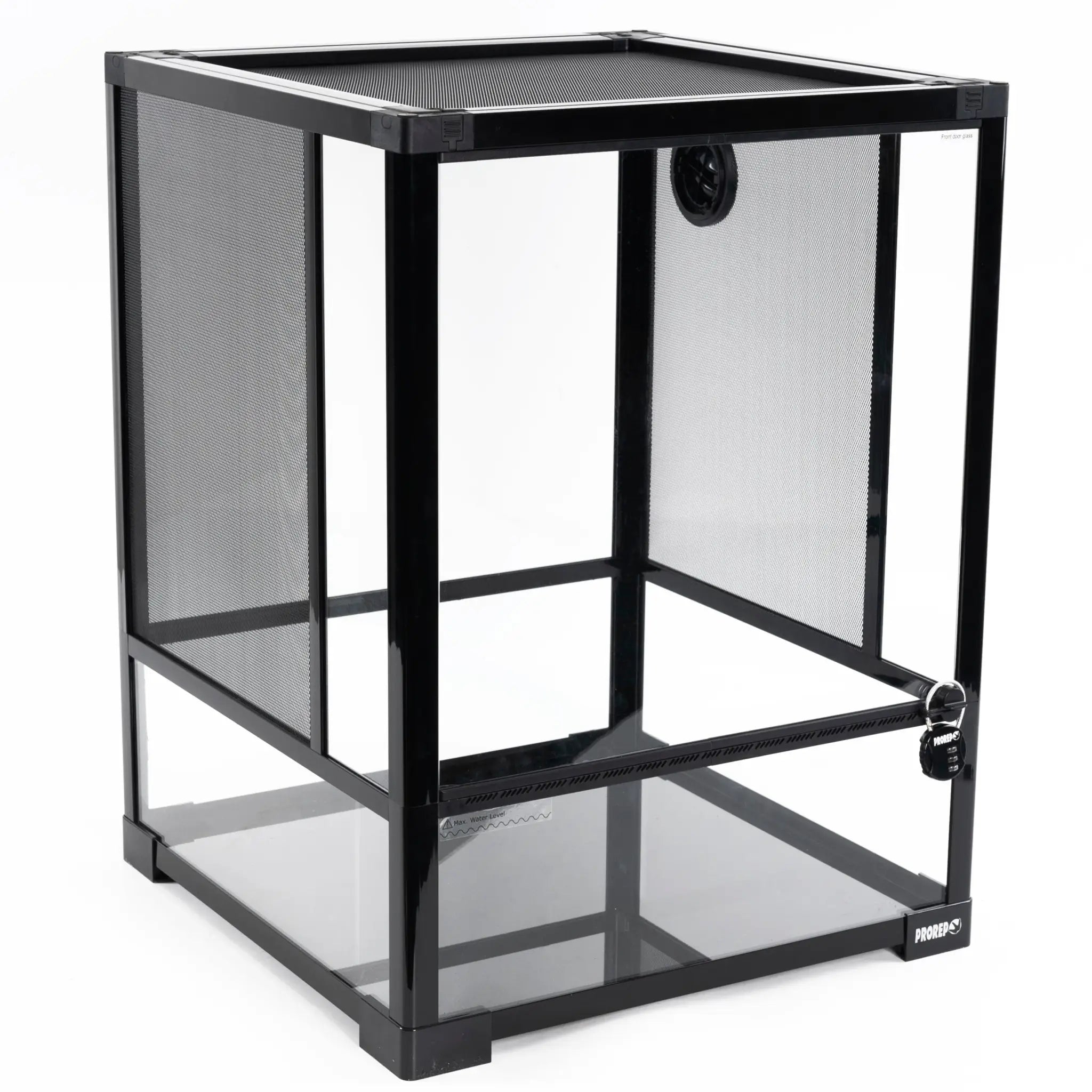
William’s Dwarf Gecko – The Electric Blue Day Gecko
by Luke Tansley on in Lizards
William’s dwarf gecko (Lygodactylus williamsi), A.K.A. the ‘electric blue day gecko’ or ‘turquoise dwarf gecko’, is a little gem of a lizard that is fascinating to watch and averages just 3 inches in length! So, it’s ideal for hobbyists who haven’t got the space for a large enclosure at home.
In the wild their whereabouts is confined to the Kimboza forest in Tanzania, and until recently was very rarely seen in the trade due to dwindling numbers in the wild and little knowledge about the captive bred requirements. Things have changed for the better and through research and human intervention to help save the numbers caring for one has become easier.
Owning an arboreal reptile that comes from such high humidity areas means that you can have great fun setting up their enclosure. A bioactive setup with live plants would not only be aesthetically pleasing but also be greatly appreciated by them. Incorporating lots of vertical climbing places and installing a small water fall would not be impossible – if you really want to get creative!
Despite their small size these little geckos require a lot of light and UV. A basking area of around 28 degrees Celsius is required, and a 5% UVB bulb should be provided during daytime hours as well. Humidity is also a big factor with these geckos, coming from a sub-tropical area, it needs to be between 60-80% which can be achieved by either spraying daily or by installing a misting system to do the job for you.
In the wild the Williams gecko would eat a wide array of insects, so therefore it is necessary in captivity that we do our best to keep their diet as varied as possible. Items commonly available to purchase include small crickets, fruit fries, small mealworms and bean weavels which should be fed daily, and in addition to these a meal replacement powder such as repashy should be offered weekly. All live foods should be dusted with a calcium/mineral supplement to ensure they are getting everything they need.
As their common name descripts, these geckos can be bright blue in colouration but only the males have the privilege of being this colour when mature. Juveniles and females vary from bronze to green in colouration but are still stunning none the less. Breeding is easy and once mature the ritual of head bobbing, tail wiggling and ‘dancing’ will begin, after a 3-4 week wait the female will lay one or two eggs. As this can be anywhere inside the enclosure, incubation can be anywhere from 2 months (in warm spots) and up to 5 months in the cooler areas. Newly hatched babies are minute and will require much smaller foods than the parents. Micro crickets and springtails are a safe bet and they will happily devour any leftover gecko food. They can live alongside the adults until they are about 3-4 months old, at this point then it is advisable to transfer them to their own enclosure.
Although these geckos can become tame to a certain extent, where they may trust you enough to climb on your hand whist cleaning or feeding they are not suitable for day to day handling. Their small size makes them extremely fast and they can become stressed very easily if removed from the security of their enclosure so best to leave them where they feel safe.
So in short, like the geckos, the hope is that the hobbyist becomes aware of the beauty of keeping these reptiles and we see more and more captive-bred specimens available in the trade. Avoiding wild caught animals will help keep numbers up in the forest, whilst still allowing us to keep and document more about the care and conservation of these little wonders in captivity.






